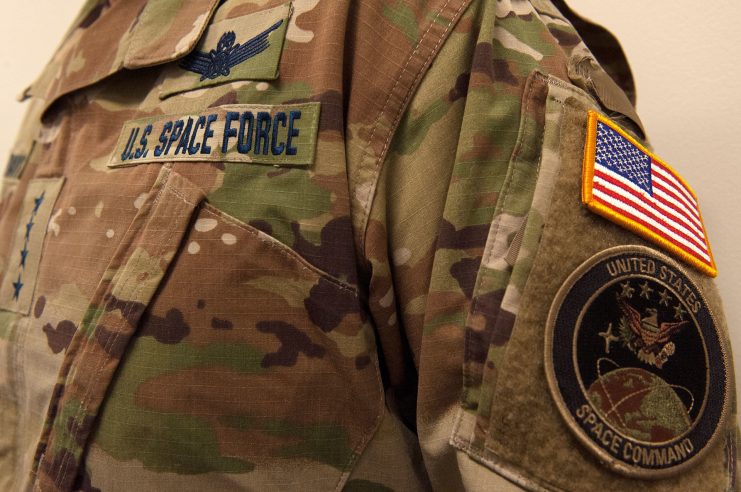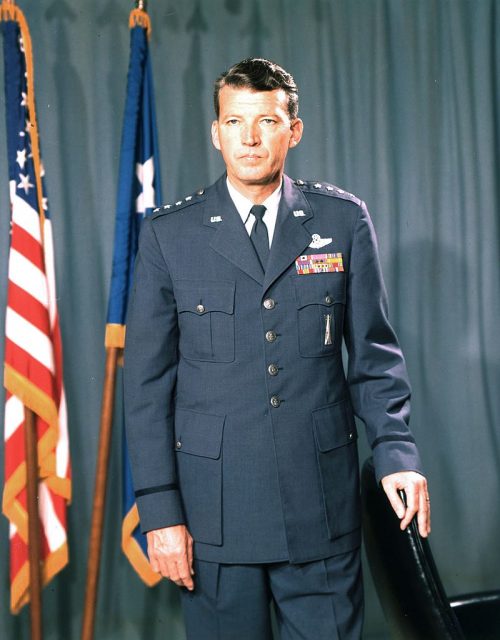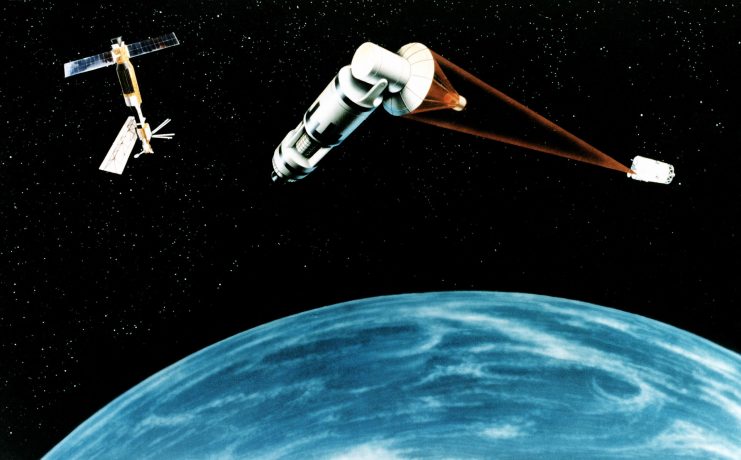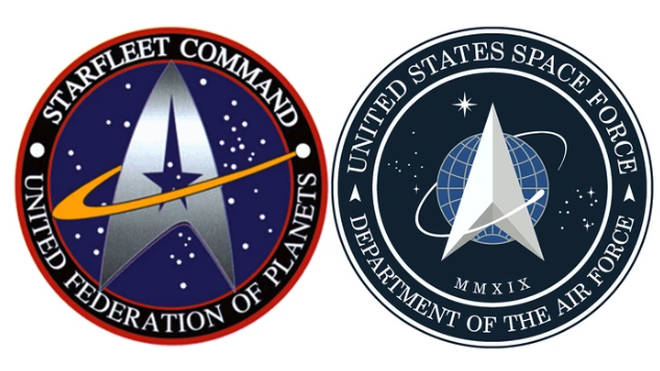NASA: There has been a lot said recently regarding the current President of the USA’s pet military project, the new US Space Force, particularly when it comes to the new insignia.
Donald Trump was delighted to show off the new logo for the sixth branch of the military, but it struck some commentators as being somehow, well, familiar but NASA has a hand in it.
It was pointed out, almost immediately, that the new design appears to owe a considerable debt to Gene Roddenberry’s own creation, the Starfleet logo, featured in long-running television and film franchise, Star Trek.
BBC News – US Space Force logo looks like one from Star Trek https://t.co/UAFk7NACRT
— Tariq Al Habtoor (@anarkest) January 30, 2020
The Delta line, the circular ‘meatball’ filled with stars, it all looks very similar and would be instantly recognised by the USS Enterprise’s own Captain Kirk.
But there is a very good reason for this. The Star Trek insignia was itself a derivation of early US Air Force and NASA designs.
Roddenberry wanted it to look like Starfleet Command had grown out of a real-world situation, that it had evolved from something familiar, that Earthlings in the 1960s and 1970s were excited about.

The moon landings and Apollo missions had opened up a world of possibilities. People were asking, if we can get to the moon, how much further can we go?
How bold can humanity be? Since the show first aired in 1966 it has rarely been off our screens, such is the fascination with the romance of exploration.
It can be said that the new Space Force logo is simply following the same design principles, taking the existing NASA insignia and updating, or evolving it for a new situation. But what is that ‘new situation’?
The Outer Space Treaty signed during the Cold War with regard to space wars is quite emphatic in its statements that nuclear weapons are not to be used aggressively in space. And that wars cannot be fought on the moon and that nations cannot claim parts of outer space as their own.
Space Law has been administered, believe it or not, for almost a century, while the OS Treaty is now fifty-three years old.
Is it time to write some new laws? Perhaps a treaty that reflects Starfleet Command’s own forthright ideals of peace and non-interference?
The current treaty allows for defensive action and military operations and, although space exploration has been all about cooperation in the last few decades, the International Space Station being a great example of proto-Starfleet ambitions, old rivalries still have to be managed.

One-hundred and nine countries have signed up to the Outer Space Treaty which allows states to send conventional weapons into orbit.
This can mean scope for a kinetic attack whereby inert metal rods are launched into a sub-orbital trajectory that culminates in terminal velocity upon impact.
Sounds scary, but it is in fact, extremely inaccurate and incredibly costly. A far cry from Starfleet’s phaser tech.
In the 1980s US President Ronald Reagan proposed the Strategic Defense Initiative in an attempt to make a nuclear attack on the USA by the USSR impossible.
Critics called the program unfeasible and dubbed it ‘Star Wars’ but historians have since argued that Reagan’s enthusiasm for the project, that led the Soviet leader Yuri Andropov to say it would put ‘the entire world in jeopardy’, did in fact have the effect of hastening the end of the Cold War.

In conclusion, it appears there is, by turns, an equally maligned and applauded ambitious President in the White House today, whose every policy statement is criticized and commented upon at length.
Navajo Nation Mourns the Loss of Longest-Living Arizona Veteran Dies Aged 105
He may be an unlikely champion of galactic peace, and well deserves a good deal of the ridicule and satire that comes his way, but it seems the real world has a long way to go before it arrives in the egalitarian meritocracy in which Captain Kirk’s Starfleet exists.
